Everything You Need to Know About Ductwork Insulation
Ductwork insulation can be a critical accessory to use alongside your ducting, depending on the area. That being said, what makes it so important? Does everyone need it? And where can you buy it?
In this blog, we will share everything you need to know about ductwork insulation.
With new buildings being made to be as energy efficient as possible, and the UK aiming for 95% of its electricity usage to be low carbon by 2030, it is imperative to understand how we can make the most of our ventilation. This is where applications such as extractor fans and heat recovery ventilation units come in.
To prevent mould, fresh air should constantly be introduced into your dwelling daily, as it helps to regulate temperature and reduce condensation. Introducing fresh air can be as simple as having a ventilation routine, or installing extractors or MVHR units. Almost all of this is facilitated by ducting.
Why aren’t ducts made with insulation already?
In some cases, there may be ducting that is made from scratch with every consideration to the clients need in mind. As a result, these custom-made bespoke ducts may already feature insulation or acoustic treatment.
However, ducting that is pre-made is not made with insulation, as it would increase the cost of the duct itself. It would make more sense to buy the ducting as it is and only buy the amount of insulation you require, rather than having it in areas it wasn’t needed.
Is ducting insulation for one kind of duct?
Not at all, ducting insulation can be applied to rigid ducting, whether this is plastic or metal, and can also be applied to flexible ducting.
Where would ducting insulation be needed?
- In a house with a heated basement and air conditioning upstairs, the cool supply ducts running through the warm basement would benefit from insulation. This prevents the cool air from losing its coolness as it travels to the upper floors, improving efficiency.
- If your house has air conditioning and the ducts run through an unconditioned attic space, insulation is crucial. Without insulation, the cool air travelling through the ducts would heat up significantly in the hot attic, reducing cooling effectiveness and wasting energy.
- Similar to the basement example, if your home has a crawl space that’s heated and the ducts travel through it, insulation is necessary. This prevents the warm air from losing heat before reaching the living areas. Granted, crawl spaces in homes are extremely rare in England.
- Ducts running through exterior walls, especially uninsulated ones, can benefit from insulation. This helps maintain the desired air temperature (hot or cold) and prevents condensation from forming on the duct surface due to temperature differences.
- If you have a heated or cooled garage, any ducts running through that space should be insulated to maintain the desired temperature efficiently and avoid energy waste.
Everything you need to know about ductwork insulation
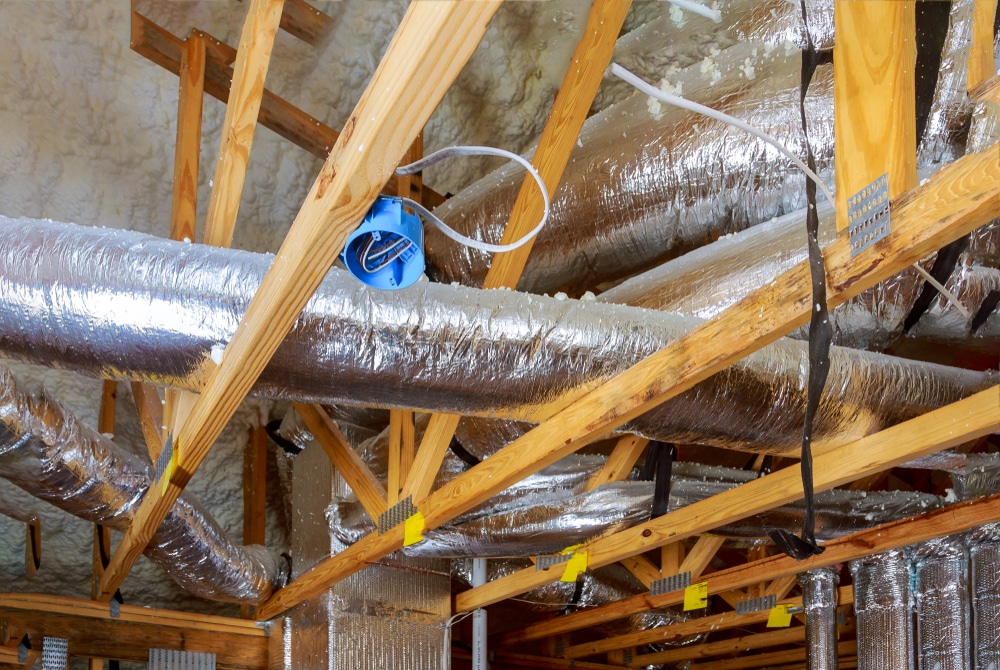
For those new to ductwork and its requirements, you may be wondering if you actually require ductwork insulation or not. Not to worry, we will provide all the relevant answers that you should know about ductwork insulation.
What does ductwork insulation do?
Ductwork insulation works to maintain a consistent temperature within the ducting itself. This helps to prevent moisture from building up within the ducting. Moisture in the ducting can result in rust and/our mould to develop.
Where does ductwork insulation go?
Ductwork insulation goes directly over the ducting you want to be insulated. In terms of what location, it is usually applied in areas that the ducting runs through, that has a significant temperature difference.
Whether you want a cold area to stay warm, or a warm area to stay cold, ducting insulation helps to maintain the temperature of all the ducting.
Does ductwork insulation have to go everywhere?
Not at all, ductwork insulation does not have to be installed in areas that have little to no temperature differences. Or exposed areas that experience very little temperature changes all year round.
Does ductwork insulation reinforce my ducting?
Ductwork insulation provides a nominal level of durability to your ducting, although it should not be expected to safely protect your ducting from impacts. That being said, flexible ducting would benefit the most from a durability aspect if it was insulated.
What happens if I put ductwork insulation on an area that doesn’t need it?
Generally, nothing. If the area it has been applied to doesn’t have any temperature differences that require addressing, insulation won’t really do anything to change it. So, if anything, you’ve just spent money on time on something that didn’t need it.
Can ductwork insulation reduce noise output?
Yes, to a degree. Although acoustic ducting is made specifically to reduce noise output, ductwork insulation can provide nominal noise reduction too. That being said, sometimes the source of the noise can be within the HVAC system itself, so ensure that is clear and working before making any purchases.
Is there an alternative to ducting insulation?
There is no direct alternative to ducting insulation. However, the following methods can provide a bit of help in some situations.
- Sealing any leaks in the ducting.
- Re-routing the current ducting.
- Increased ventilation in problem areas.
- Using a dehumidifier in problem areas.
Where can I find Ductwork insulation?
I-Sells is an established and trusted provider of ducting, sealant, ventilation solutions and much more! Simply click this link to see our range of items available. Whether you are buying it for yourself, or you are a HVAC expert, and everything in-between, we cover almost every possibility.
Struggling to figure out which option works best for you? Not to worry! Simply contact us about your enquiry, and we will try our best to help you find a solution that helps you to breathe a little more easily, literally!
Can anyone install ducting?
For domestic settings, depending on the complexity of the installation, it is possible for almost anyone to install ducting themselves. However, any electrical installations must be completed and checked by a qualified electrician.
Regarding ducting, we would generally recommend that you use the services of an expert to install it. Professional installers will be sure to…
- Make sure your ducting is the right fit for the HVAC item you are using.
- Ensure that installation of the ducting does not damage the structure or any internal components of the building.
- Check to make sure the HVAC item is working with the ducting as it should.
Who can install ductwork insulation?
Ductwork insulation has the potential to be installed directly by yourself, or a professional. For those with little to no DIY skills or equipment, a professional is recommended.
Purchase ducting insulation today

At I-Sells, all things ventilation and ducting related is our speciality, we are here to answer the questions we know are common for those new to HVAC and what it encompasses.
We at I-Sells endeavour to ensure our customers have all the information they require before investing in our mould solutions. Be sure to visit our blog page to learn about the vast array of factors and issues surrounding ventilation, mould, condensation, and much more.
Within this blog, we hope to have shown you everything you need to know about ductwork insulation. Whilst providing you with supplementary information to help you going forward.
We understand you may have more questions, do not hesitate to contact us for more information about whatever you need our help with. If you’d like to email us, click here. For other contact options, see below:
Call us on 020 8463 9696
Visit us at our showroom:
*OPENING TIMES*
Monday – Friday: 8:00 am to 5:30 pm
Saturday: 9:00 am to 12:00 pm
Sunday: Closed
15 St John’s Parade
Sidcup, Kent
DA14 6ES
United Kingdom

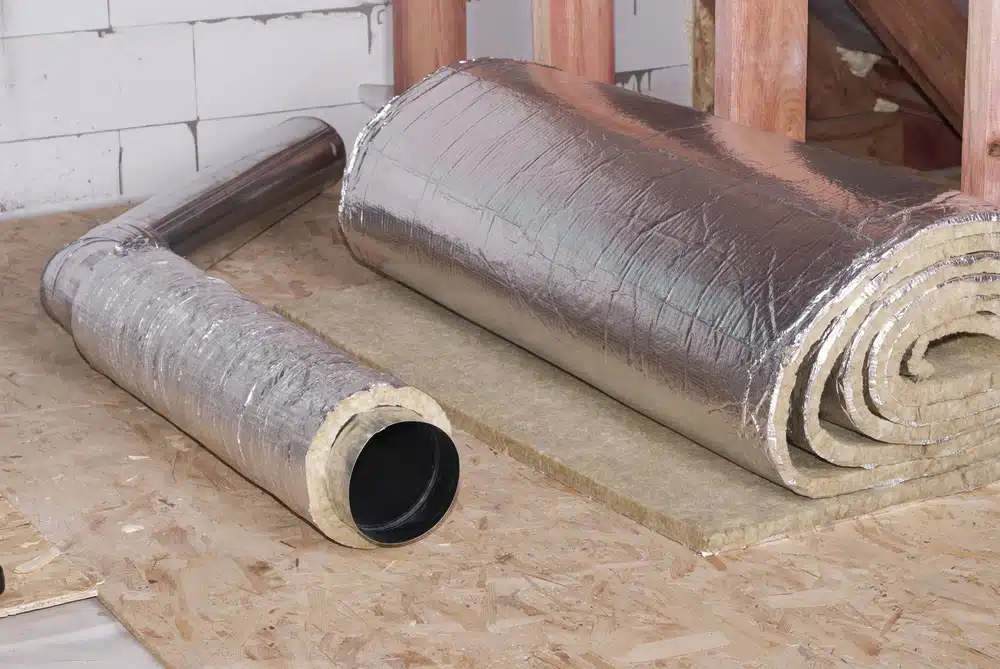
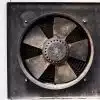


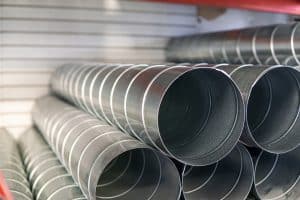
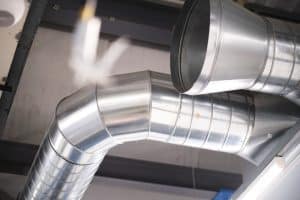





















Add comment
You must be logged in to post a comment.